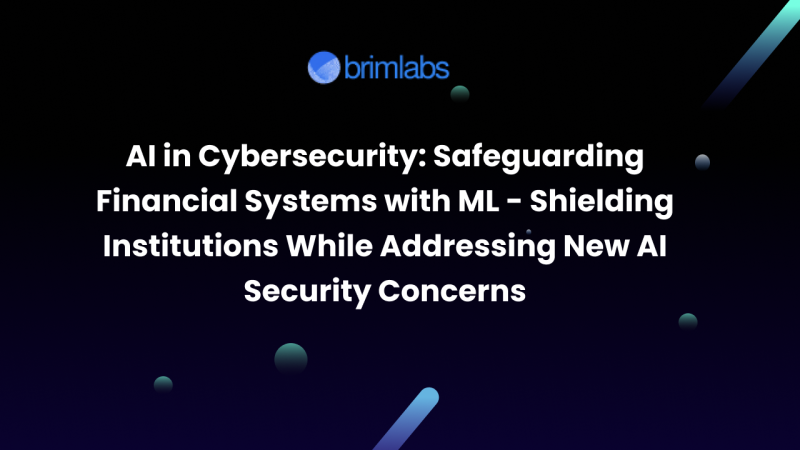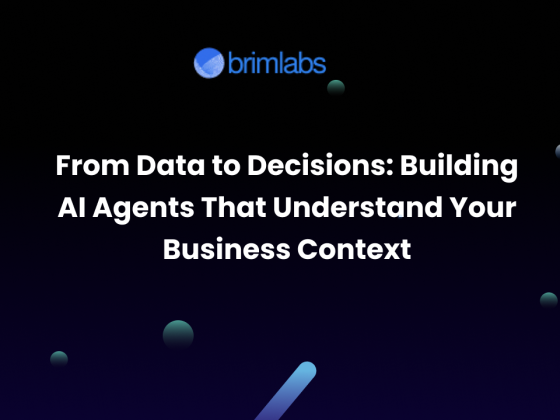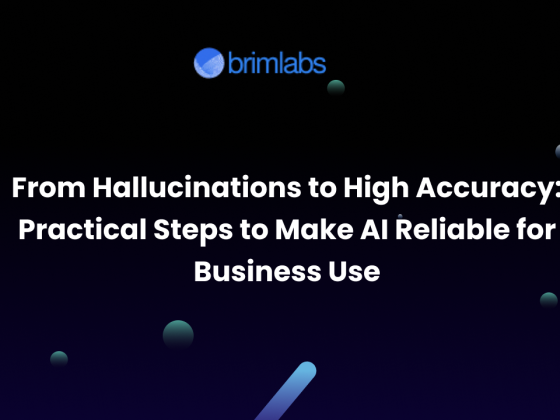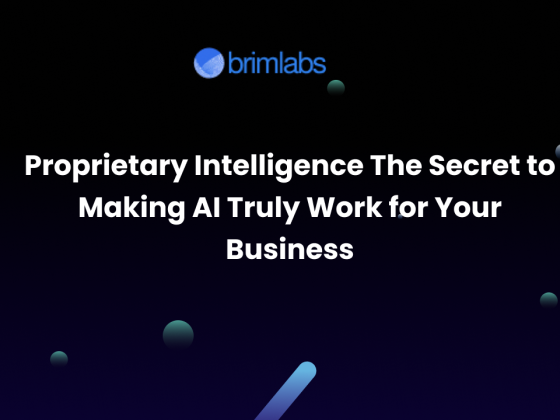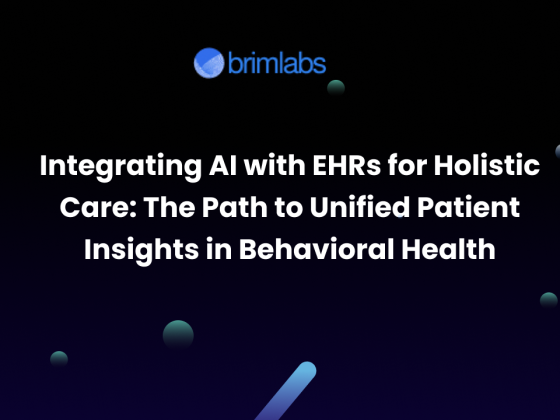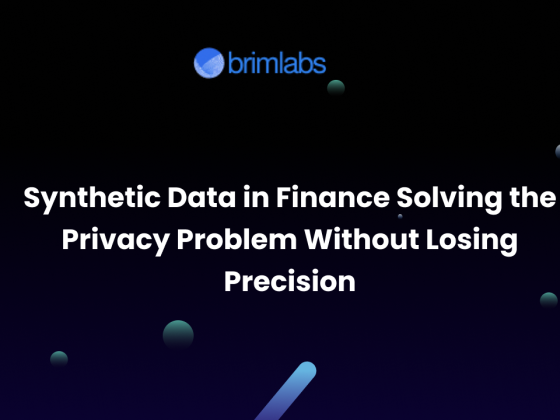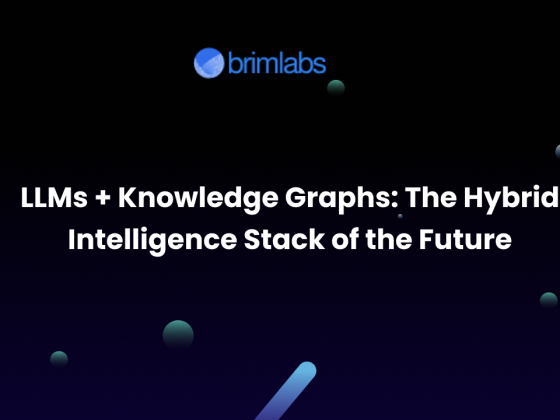A Digital Heist in Real Time
In February 2025, a major European bank narrowly avoided losing over 120 million dollars in a sophisticated cyberattack. Unlike past breaches, this one didn’t rely on stolen passwords or brute force entry. Instead, attackers deployed AI-generated deepfake instructions that mimicked senior executives to authorize fraudulent transactions. The bank’s salvation came not from a human auditor but from an anomaly detection system powered by machine learning. Within seconds, it flagged unusual transfer requests, froze the operation, and alerted cybersecurity teams.
This story captures the double-edged nature of AI in today’s digital landscape. On one hand, machine learning is becoming the strongest shield against ever-evolving cyber threats. On the other, AI itself is creating new risks – from adversarial attacks on models to synthetic fraud campaigns. For financial and healthcare institutions, sectors where trust and compliance are paramount, AI-driven cybersecurity is no longer optional. It’s mission-critical.
The Rising Threat Landscape in 2025
Cybercrime has reached industrial scale. According to Cybersecurity Ventures, global cybercrime costs are projected to surpass 14 trillion dollars in 2025, with financial services and healthcare among the top targets.
- Financial sector: Fraudulent transactions, insider threats, and account takeovers are escalating with AI-generated phishing that bypasses legacy filters.
- Healthcare sector: With the global digital health market expected to exceed 800 billion dollars by 2030, patient data is a prized target. Ransomware and data poisoning attacks can compromise life-critical systems.
Traditional rule-based cybersecurity tools struggle to keep pace with these adaptive threats. Attackers innovate faster than static defenses. This is why enterprises are turning to machine learning-driven anomaly detection, predictive analytics, and AI-enabled risk monitoring.
AI as the Shield: Real-Time Threat Detection
Machine learning thrives in environments where patterns shift constantly. By learning from vast datasets of user behavior, transaction flows, and network traffic, AI can spot anomalies invisible to rule-based systems.
Key Applications in Financial Systems
- Fraud Detection at Scale
Global payment processors like Visa and Mastercard now use AI models capable of analyzing 65,000+ transactions per second. Instead of flagging fraud based only on fixed rules, these systems evaluate behavioral signals – device fingerprints, geolocation anomalies, and micro-patterns – to detect fraud in real time. - Insider Threats and Rogue Accounts
Banks and investment firms increasingly deploy ML tools that baseline employee behavior. For example, if a trader suddenly attempts data downloads at midnight from an unusual terminal, the system auto-triggers an alert. - Network Intrusion Detection
ML-driven intrusion detection systems (IDS) analyze network packets continuously, identifying suspicious traffic before breaches escalate. In 2025, Gartner reported that AI-powered IDS reduced breach dwell time by 41 percent compared to traditional monitoring.
Applications in Healthcare
- Patient Data Protection
Hospitals in the US now deploy AI agents that track access logs of electronic health records (EHR). Anomalous behavior – like mass export of files – can be stopped before data leaves the system. - Medical Device Security
IoT-powered devices (ventilators, insulin pumps, heart monitors) are vulnerable entry points. AI anomaly detection helps isolate suspicious device behavior before it impacts patient safety.
The New Frontier: Securing AI Itself
While AI strengthens defenses, it also becomes a target. Attackers now aim not just at financial data but at the AI models protecting that data.
Emerging Risks in 2025
- Adversarial Attacks: Subtle manipulations of input data trick AI models into misclassifying threats. For example, attackers modify malware payloads to evade detection.
- Data Poisoning: Hackers inject corrupted training data, degrading the accuracy of fraud-detection models over time.
- Model Inversion Attacks: Cybercriminals extract sensitive data from trained models, such as patient health records or financial transactions.
These risks highlight a new security priority: AI security itself. According to a 2025 IDC survey, 62 percent of enterprises deploying AI cite adversarial AI as their top emerging risk.
Building Security-by-Design with AI
Tech leaders are realizing that cybersecurity is not an afterthought but a design principle. Partners like Brim Labs integrate security-by-design approaches when building AI systems for financial and healthcare clients.
Core Practices We Follow at Brim Labs
- Adversarial Robustness
Incorporating techniques like adversarial training, which exposes models to manipulated inputs during development to build resilience. - Continuous Monitoring and Model Validation
AI models are not deployed once and forgotten. They require ongoing evaluation to ensure accuracy and resistance against data drift or poisoning. - Zero-Trust Architecture
Brim Labs implements AI solutions within zero-trust frameworks, ensuring every user, device, and process is authenticated and verified. - Explainability and Transparency
For industries like finance and healthcare, compliance requires clear audit trails. We design AI models that not only detect anomalies but also explain why an action was flagged. - Regulatory Compliance Built-In
Our AI security solutions align with GDPR, HIPAA, and PCI DSS from the outset, reducing regulatory friction and increasing institutional trust.
Case Studies and Real-World Impact
1. Fraud Detection for a Payment Provider
A payment startup handling over 20 million monthly transactions partnered with Brim Labs. By deploying ML-based fraud detection, false positives reduced by 30 percent, while detection accuracy improved by 47 percent compared to rules-based systems.
2. Securing Patient Data for a Telemedicine Platform
A healthcare client faced rising threats of unauthorized access. Brim Labs implemented anomaly detection for EHR access and model-level encryption. Within six months, attempted intrusions fell by 65 percent.
3. AI Agent for Compliance Monitoring
For a mid-sized financial firm, we built an AI agent that monitored compliance logs in real time. The system not only reduced manual audits by 70 percent but also preemptively detected policy violations that could have triggered fines.
The Human Factor: AI and Cybersecurity Teams
AI does not replace human cybersecurity professionals but empowers them. In fact, Gartner’s 2025 report shows organizations using human-in-the-loop AI cybersecurity systems reduced incident response times by 54 percent.
Security analysts often face alert fatigue. AI systems filter noise, prioritizing real threats and allowing humans to focus on strategy and complex investigations. This synergy between machine speed and human judgment forms the backbone of resilient cybersecurity.
Looking Ahead: The Future of AI in Cybersecurity
By 2030, AI is expected to drive over 80 percent of cybersecurity operations across financial and healthcare institutions. However, its effectiveness will depend on:
- Cross-industry collaboration: Sharing threat intelligence across banks, hospitals, and regulators.
- Model resilience: Investing in research on adversarial robustness and secure ML pipelines.
- Ethical safeguards: Preventing over-surveillance while balancing security and privacy.
The message is clear: AI is both the shield and the new frontier of risk. Organizations must not only deploy AI to defend against cyber threats but also defend their AI.
Conclusion: Why Brim Labs is the Partner for Secure AI
For financial institutions and healthcare providers, the stakes have never been higher. Cybersecurity breaches mean not just financial loss but erosion of trust. AI offers the most powerful shield yet, but it must be designed with security at its core.
At Brim Labs, we specialize in building AI-powered cybersecurity systems that safeguard data, detect fraud, and ensure compliance – while also protecting the AI itself. From anomaly detection to adversarial defense, our solutions help organizations stay ahead of threats and maintain resilience in a rapidly evolving digital battlefield.
In 2025 and beyond, the question is not whether AI should be part of cybersecurity strategy – it’s how securely you can implement it. With Brim Labs, you don’t just deploy AI. You deploy AI that wins.

